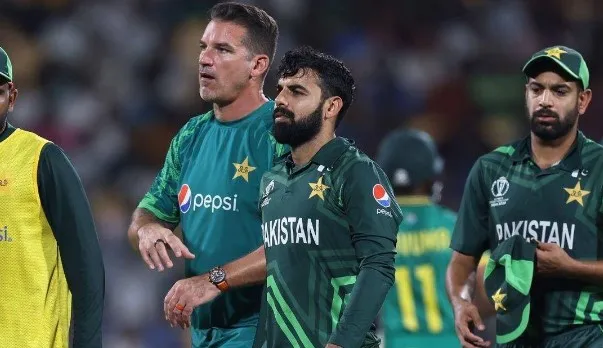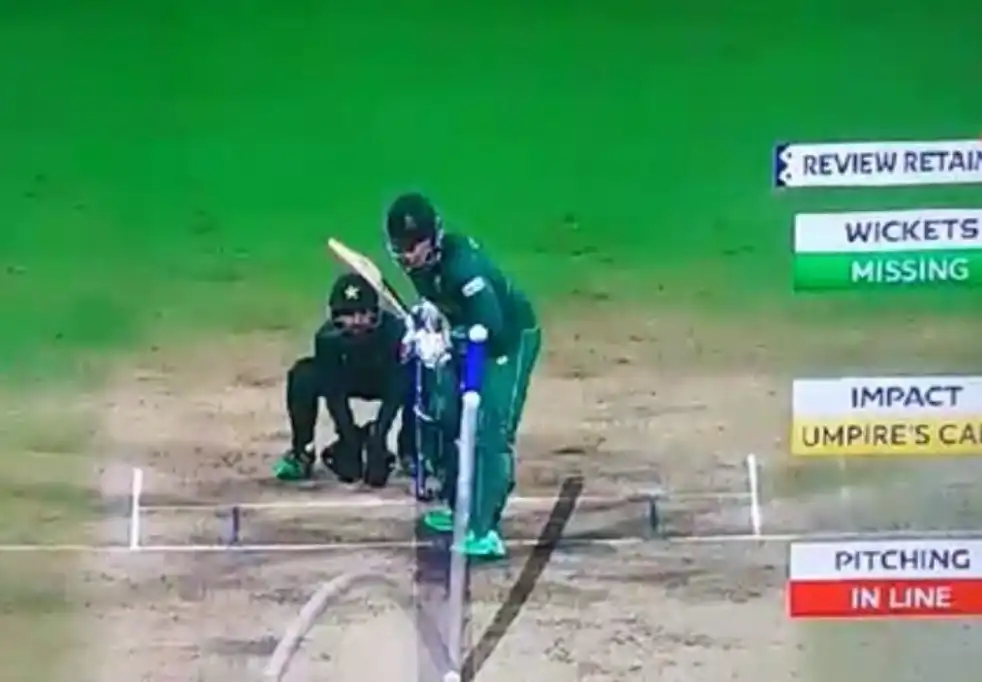 Shadab Khan was replaced by Usama Mir against South Africa (Twitter)
Shadab Khan was replaced by Usama Mir against South Africa (Twitter)
Match 26 of the ICC World Cup 2023 between Pakistan and South Africa delivered an unexpected twist, bringing to the forefront a rule that, while vital for player safety, can dramatically shift the momentum of a game: the concussion substitute.
Pakistan's vice-captain, Shadab Khan, was involved in a nerve-racking moment, trying to run out South African captain Temba Bavuma, which unfortunately resulted in injuries to his head and shoulder.
This event paved the way for Usama Mir, the subsequent concussion substitute (first in World Cup history), to make an immediate mark by taking down the threatening Rassie van der Dussen. This moment raised the question: "What is a concussion substitute, and how does it impact the game?"
Concussion substitute in cricket
Recognizing the significance of player safety and the potential repercussions of head injuries, the International Cricket Council (ICC) instituted the concussion substitute rule in August 2019.
It allows for a player suspected of having a concussion to be replaced, ensuring the affected team isn't handicapped by the loss of a player. But this isn't a carte blanche rule; it has stipulations designed to ensure fairness.
Criteria for Invoking a Concussion Substitute:
- The injury should pertain to the head or neck, having occurred within the playing area and during the game.
- The team's medical representative must diagnose or suspect a concussion.
- This representative is responsible for furnishing the ICC Match Referee with a comprehensive Concussion Replacement Request. This includes details of the incident, symptoms, and the proposed substitute's name.
- Teams have a 36-hour window post-incident to submit this request.
Ensuring Fair Play
The concept of a "like-for-like" replacement is pivotal. The substitute should ideally play a similar role to the injured player, ensuring no team gains an undue strategic advantage. The match referee's role is critical here—they assess the appropriateness of the nominated substitute and have the final say in the matter, leaving no room for disputes.
Upon approval of the concussion substitute, the injured player's role in the match concludes. Importantly, for the sake of records and statistics, both the injured player and the substitute are deemed to have played the game.
Historical Context
Historically, this rule has seen its fair share of game-changing moments. In 2019, Steve Smith's replacement by Marnus Labuschagne, following a bouncer from Jofra Archer, became a landmark instance in men's cricket. In women's cricket, Shabika Gajnabi replaced Chinelle Henry after a fielding accident in 2019.
![[Watch] Shaheen Afridi Stuns South Africa With A Huge Wicket Of David Miller](https://onecricketnews.akamaized.net/parth-editor/oc-dashboard/news-images-prod/1698421626501_Untitled design - 2023-10-27T211659.947.jpg)
![[Watch] 'Concussion Substitute' Usama Mir Makes Instant Impact; Van der Dussen Departs](https://onecricketnews.akamaized.net/parth-editor/oc-dashboard/news-images-prod/1698418487290_Work (1).jpg)



.jpg?type=mq)
